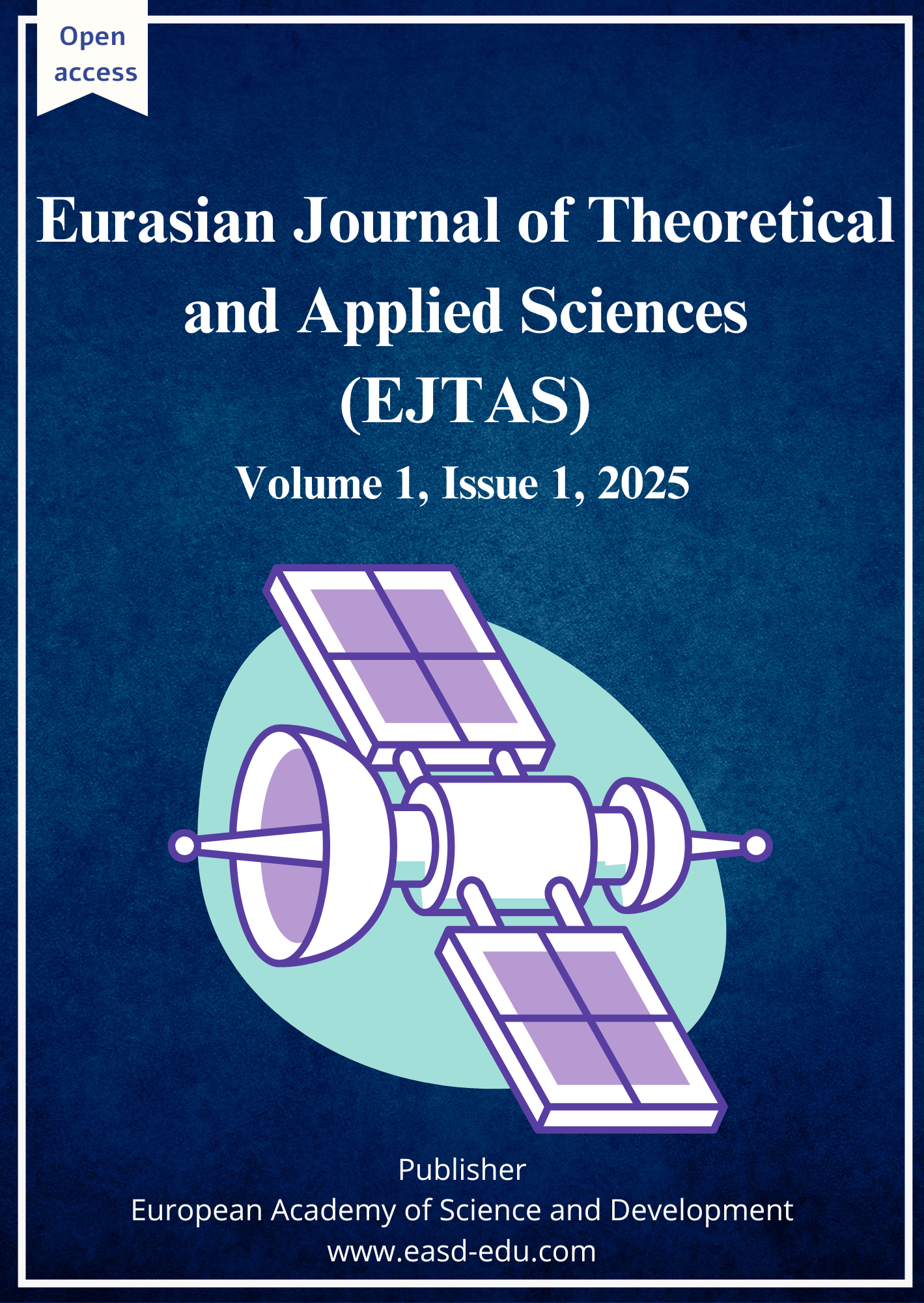AI in Renewable Energy Forecasting: Bridging the Gap Between Data Science and Energy
DOI:
https://doi.org/10.32213/da2rnb84Keywords:
Artificial intelligence, Renewable energy forecasting, Machine learning, Solar energy, Wind energy, Hydropower, LSTM, Smart grids, IoT, Edge computing, Energy sustainabilityAbstract
This research paper explores the transformative role of artificial intelligence (AI) in renewable energy forecasting, focusing on its application in solar, wind, and hydropower systems. AI-driven models, such as machine learning techniques (Random Forests, LSTM networks) and hybrid models, have significantly improved the accuracy and efficiency of energy production forecasting by processing large, complex datasets including weather patterns, real-time sensor data, and environmental variables. These models outperform traditional methods by providing precise, real-time predictions, optimizing energy generation, improving grid stability, and enhancing energy storage management. Despite the benefits, challenges related to data quality, model complexity, scalability, and geographic generalization remain barriers to broader adoption. The paper also discusses emerging trends such as AI integration with IoT and smart grids, the use of advanced deep learning architectures like transformers, and the rise of decentralized AI models through edge computing. As AI continues to evolve, its role in enabling more sustainable and efficient energy systems will expand, supporting global transitions to renewable energy.










